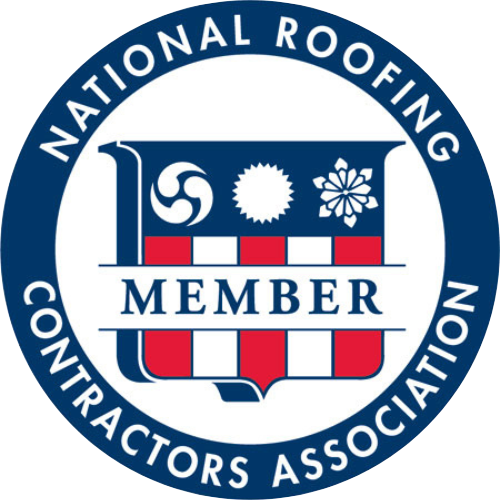Measuring Up Effective Roof Replacement Costs
Roofs require replacement after some times, when they become old and less efficient and effective. It is one of the most important decisions that people have make to improve the quality of their home. Roof replacement will ensure more and better protection to everybody under it. There are many various kinds of roofing materials that will be required for an effective replacement of the roof. They include asphalt wood, metal and slate. Here are the steps to follow when replacing a roof.
1. Property Protection
2. Preparation
3. Roof Inspection
4. Sheathing
5. Flashing
6. Shingling
Property Protection
The first important step is to make sure that the entire property is well protected before the actual roof replacement can begin. This process includes sidings, plants, bushes and walls. Tarps and protection plywood always does a good job at this.
Preparation
If the old shingles are in in layers more than one, or if these shingle layers are extensively warped or damaged, it is important to first tear off the old shingle layers and the sheathing and then dispose them properly. The process should start at top ridge and worked on downwards, removing the old nails completely.
Roof Inspection
After the removal of the old shingles, the roof must be inspected thoroughly. It is important that any damage done to the underneath roof board during the shingle removal to be attended to. Any warped, damaged, soft, wet or rotten wood must be replaced in order to create a strong base for the roofing structure.
Sheathing
Before the laying down of the shingles, the roof should be protected with sheathing. A single layer of tar paper or roofing felt should be rolled out to act as a moisture barrier. It is most appropriate to begin the layer at the roof bottom and then add it in the horizontal rows and making sure there is a slight overlaps to prevent leaks. Don’t lay down the entire sheathing layer at once. This is because it is more appropriate to lay it gradually on top of each finished shingle rows. The sheathing is attached with galvanized nails and a double layer should be used along the roof’s top ridge line.
Flashing
In this stage, a thin metal flashing sheet is added to the places with sections of roof joining, around the vents and chimneys plus around other obstructions. After this, a dip edge is installed at the bottom of the roof edge for the protection of the fascia and the wooden structure underneath. A tin snip is then used for cutting the metal into an appropriate sizes and shape.
Shingling
Beginning from the bottom of the roof, laying down just one starter course shingle, leaving about an inch for clearing the edge of the roof. It is important that the entire row to be laid down first before nailing. This will make sure that the singles are straight. The shingles should be laid in a way that the bottom edge overlaps the vertical cutouts. Then working upwards, the shingles are nailed using four nails each. To keep the shingle rows straight, it is necessary that a chalk line cross to be used in the process.
A good roof replacement adds life to the roof and can last longer. That is the main reason why there are steps that must be followed to ensure an efficient replacement of the roof. Hiring a professional roof replacement contractor will lead to a strong and highly effective roof.
The post Measuring Up Effective Roof Replacement Costs appeared first on Riley Hays Roofing and Construction.
Need To Contact Us?


Contact Us
We will get back to you as soon as possible
Please try again later
Monday - Friday 7:00am - 4:00pm
Saturday - Sunday Closed
All Rights Reserved | Riley Hays Roofing & Construction | Powered by Flypaper | Privacy Policy



